The Victorian era is notorious for its extreme divide between poor and wealthy classes. There was no such thing as a middle class, and families who were down on their luck were willing to do anything to keep mouths fed.
But after looking at even just a few of the Victorian jobs people actually did to make money in the mid-1800s to the early 1900s, I realize just how awful some folks really had it.
In fact, I'm not sure I'd be able to survive the time period with some of these gigs — especially the ones that involve sifting through sewers!
Take a look back at jobs from the Victorian era and you'll probably never say a bad thing about your own job ever again. Just remember, things could be a lot worse.
And don't forget to SHARE the fascinating historical info with your friends on Facebook!
Right Thumbnail Photo: Wikimedia Commons / Mutter
1. Dog Poop Collectors
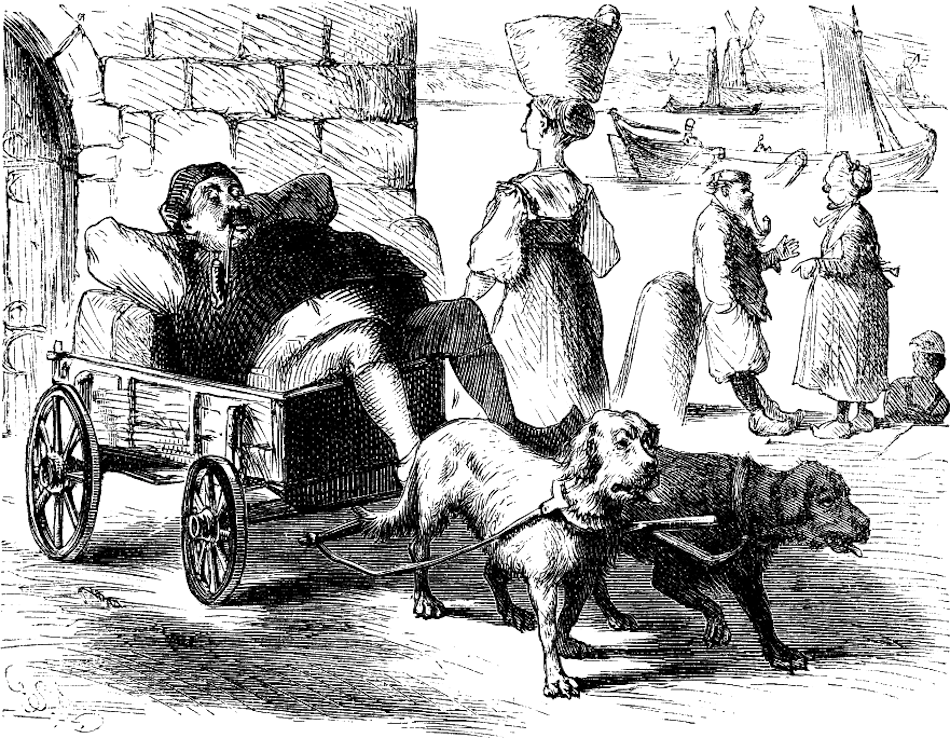
The feces they collected was given the unassuming name "pure" and sold to tanners who used it to dye leather back in the day.
2. Tanners
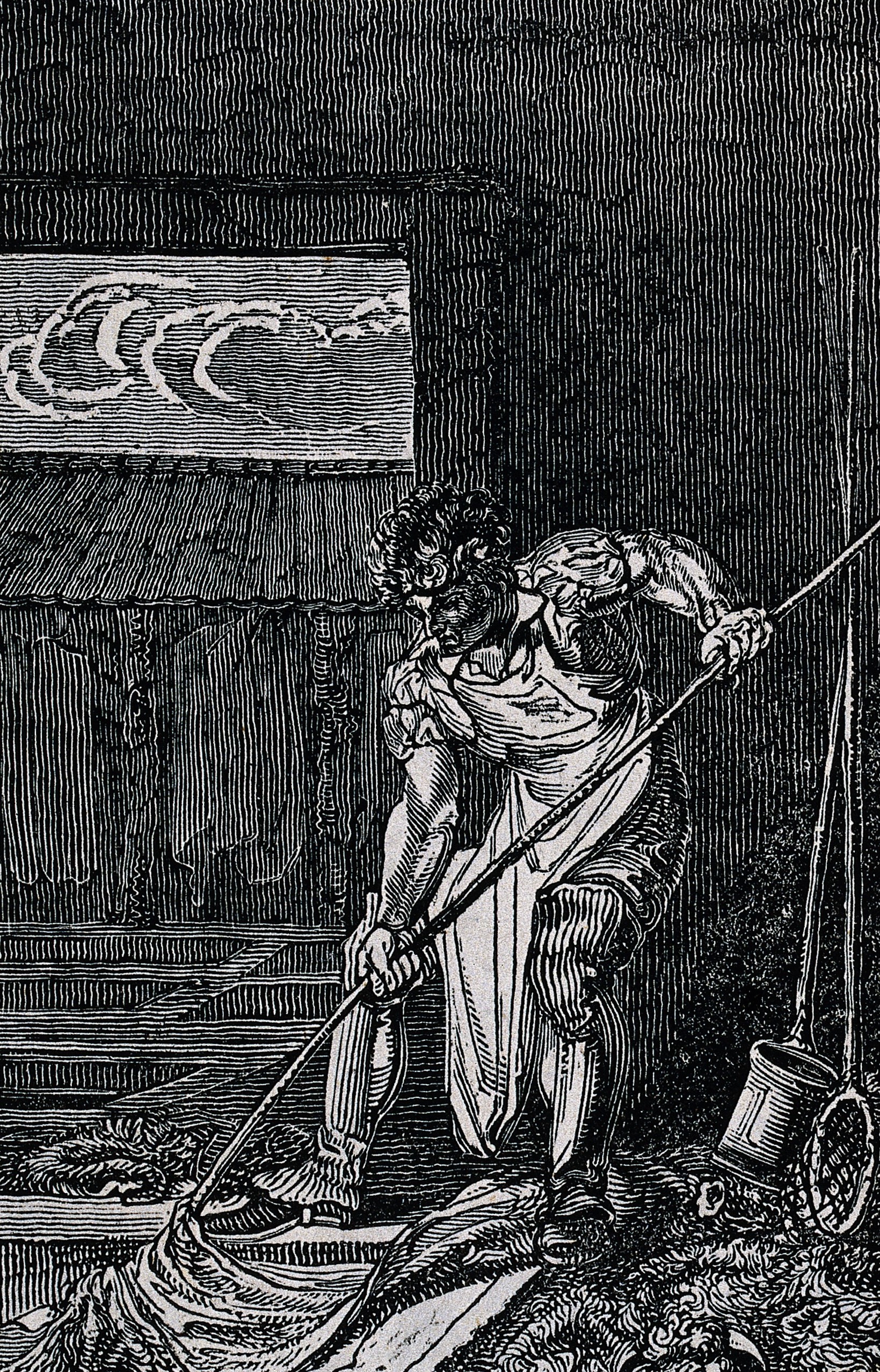
Using the "pure" for dye while tanning hides was just one layer of the awful aspects of this job.
Before they could start the odious dying process, they had to acquire the bloody hides from butcher shops and then allow them to soak in lime pits for days to soften.
3. Sewer Hunters
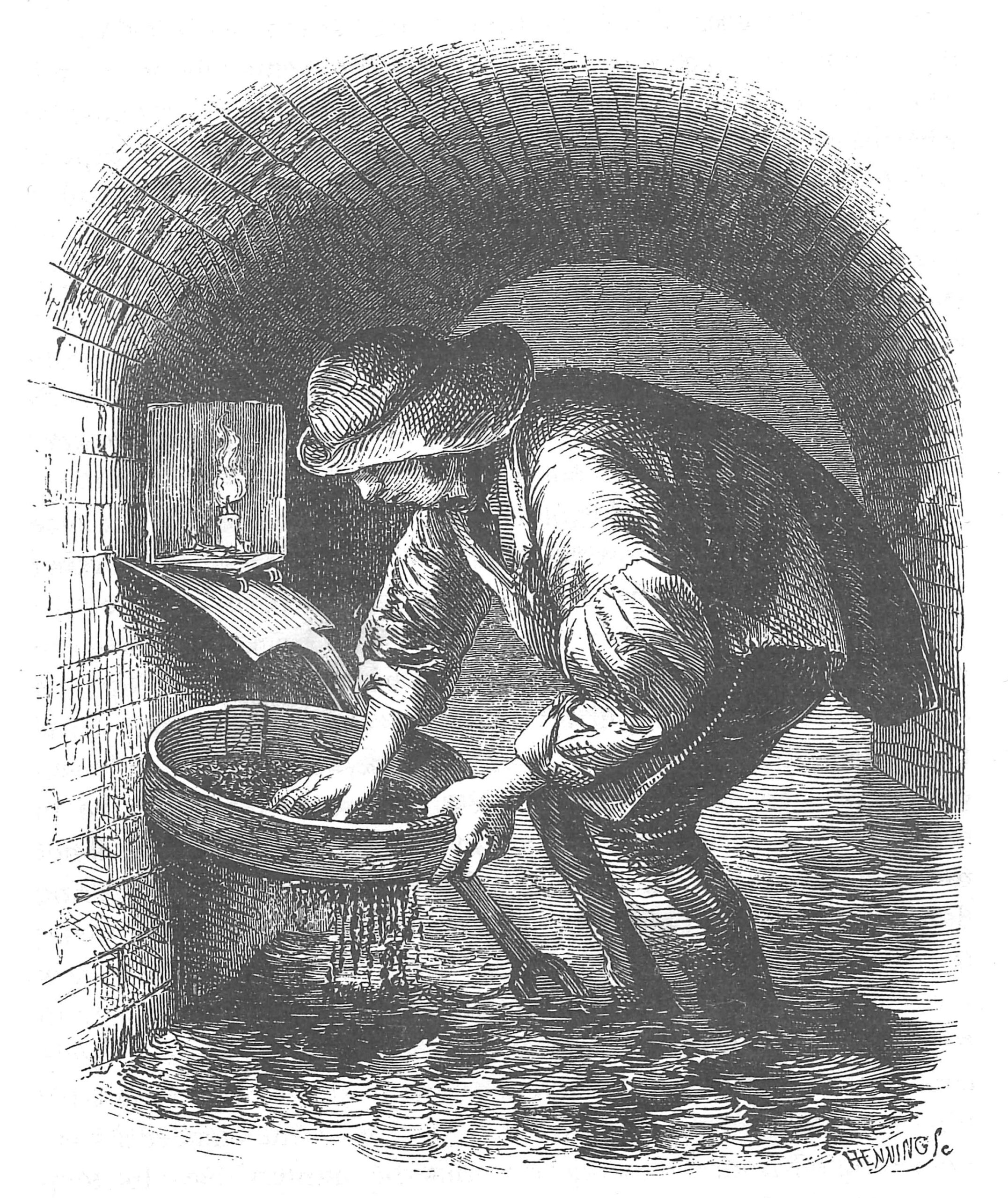
If dealing with dog doo-doo wasn't bad enough, some folks were forced to get by with what "treasure" they could find while sifting through their fellow humans' waste in the sewers.
Known as "toshers," Smithsonian Magazine calls this "quite likely the worst job ever."
4. Matchstick Makers
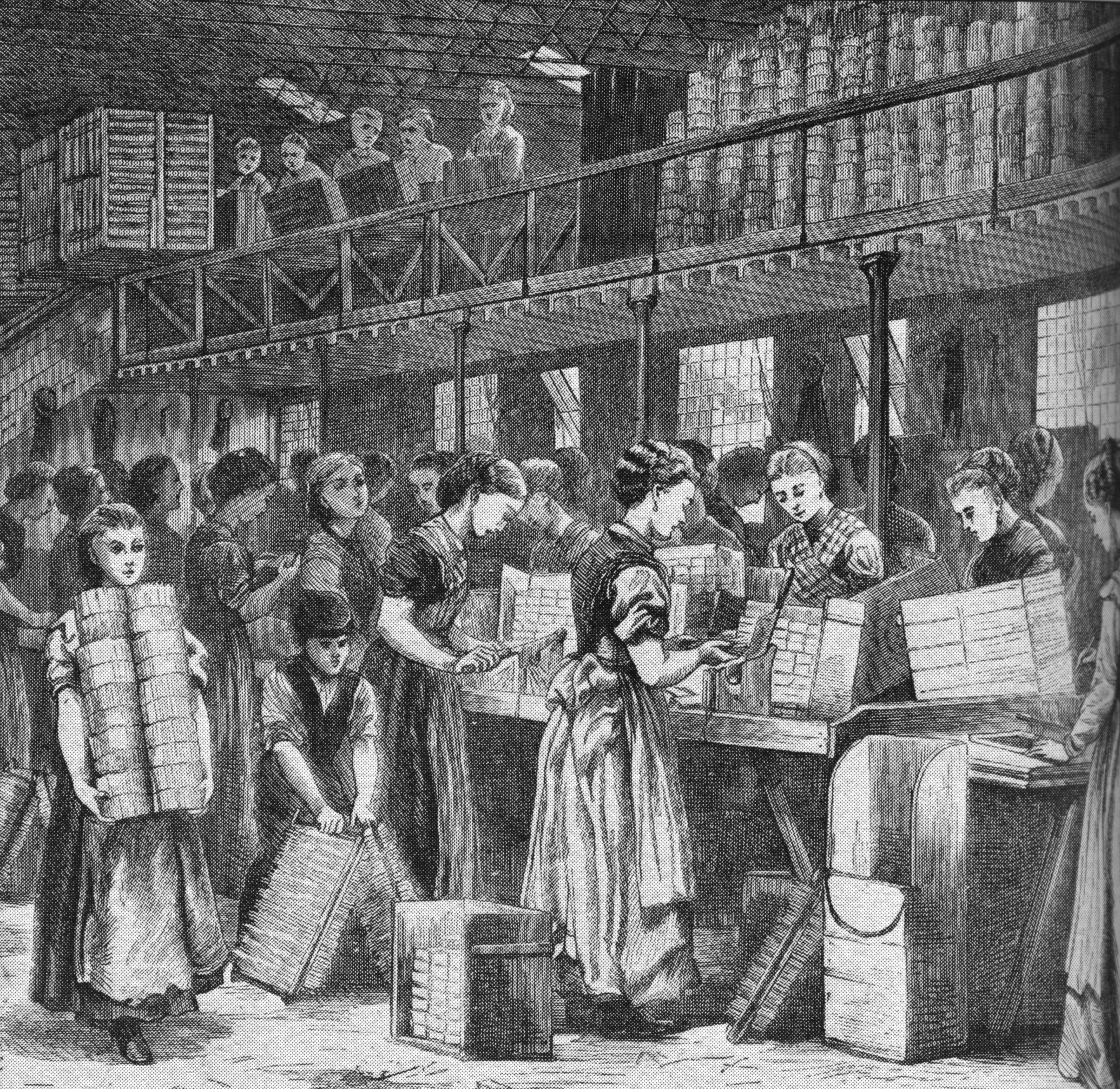
It's not that working with the minuscule products was super frustrating, but it was also literally toxic.
A report by the University of Miami Miller School of Medicine explains how the phosphorous used to create the flame led several workers, who were mostly young women, to develop "phossy jaw" — a particularly painful condition causing the bone to become exposed in the mouth.
5. Leech Collectors
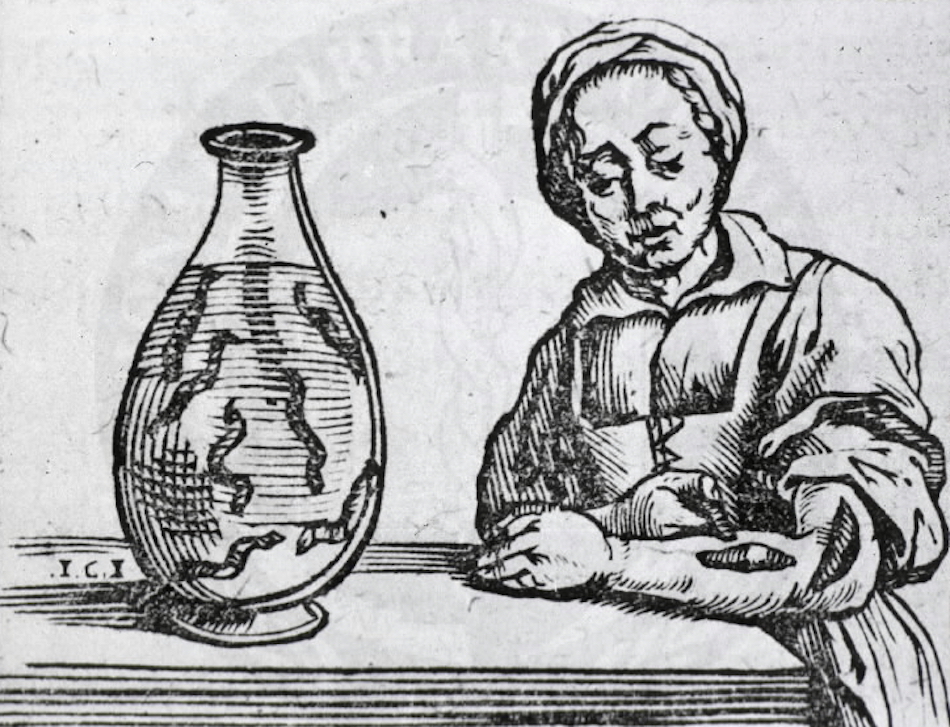
We've all heard the grisly stories of bloodletting with these creepy crawlies, but did you ever think about how they stocked up on the bloodsuckers back in the day?
According to Science Museum, collectors were mostly women who waded into water with bare legs to lure the leeches for delivery. As you can imagine, this led to lots of them being afflicted with blood loss and infections.
6. Chimney Sweeps
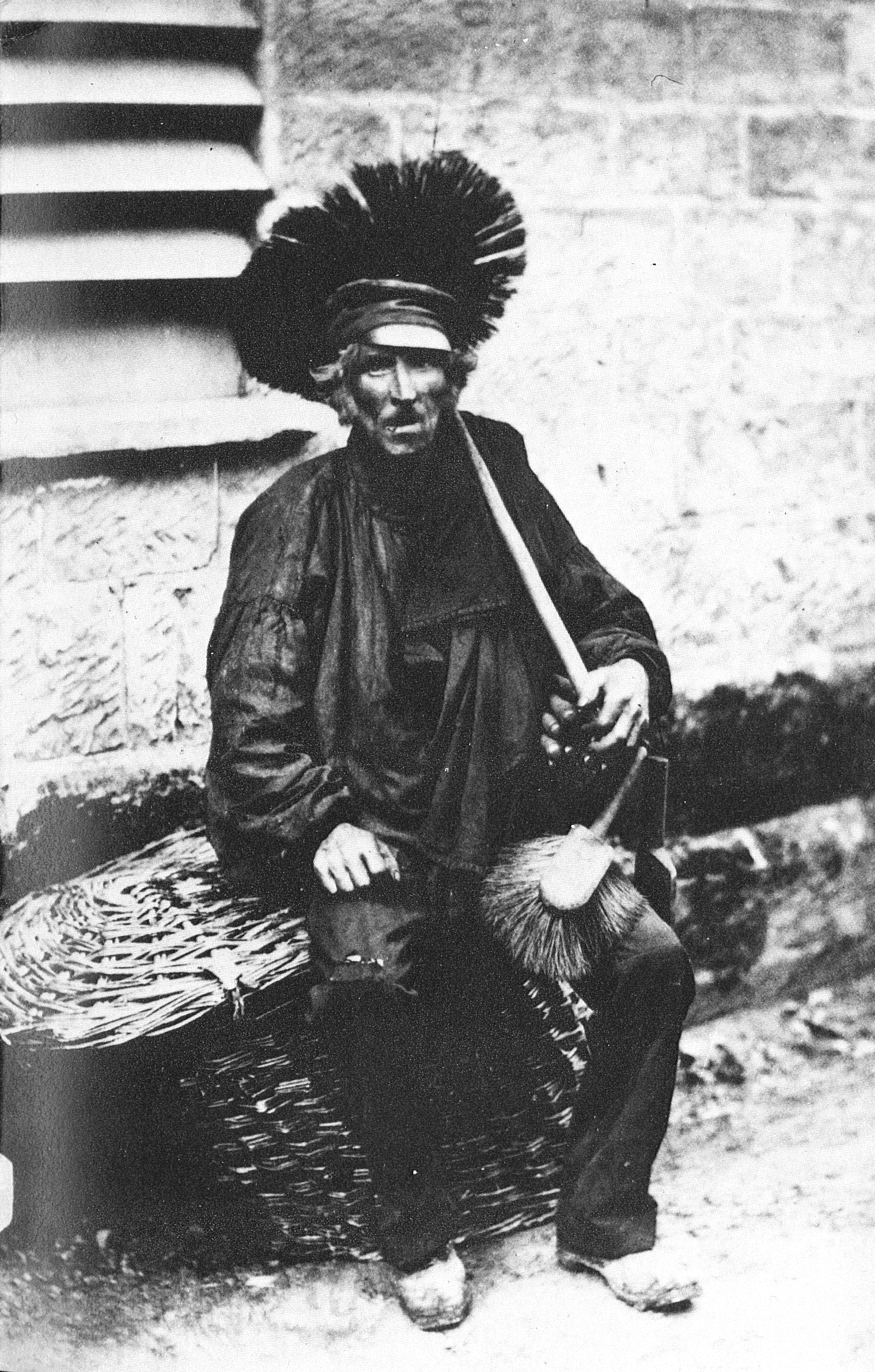
Despite the charming depiction of sweeps in Mary Poppins with Dick Van Dyke, the job was actually done largely by boys as young as four years old known as "climbing boys."
As you can imagine, it was quite dangerous for the young and old alike not only inhaling dangerous amounts of the soot they cleared, but the young ones especially suffered when they often became stuck inside chimneys.
7. Crossing Sweepers
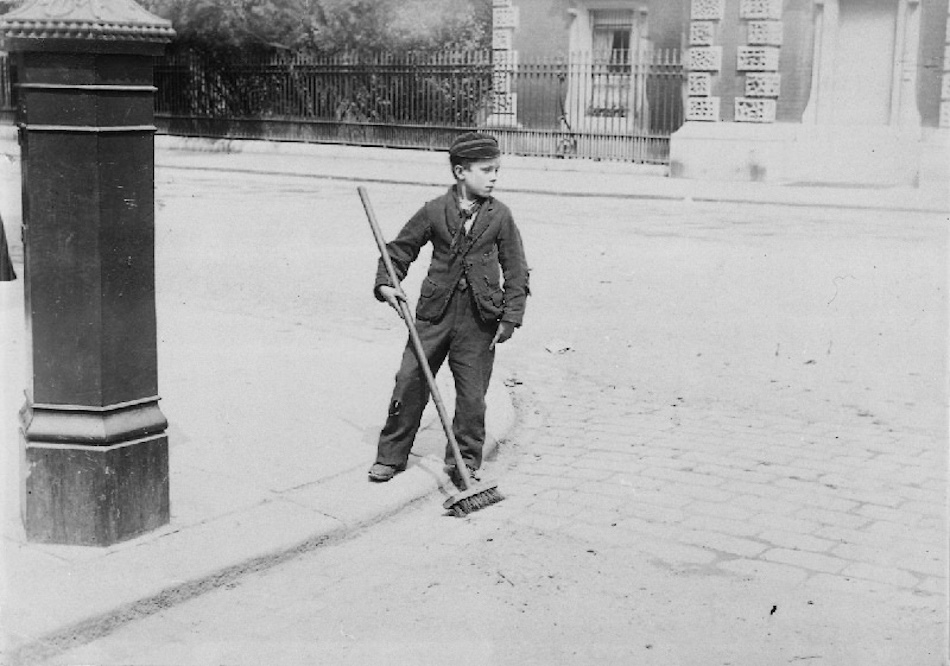
Like with chimneys, street sweepers back in the Victorian era were mostly young boys along with elderly men and women. They would sweep a path for pedestrians in the hopes of earning a small gratuity.
Wealthier residents frequently saw them as more of a nuisance and little more than beggars. Meanwhile, they were essentially eating the dust they swept while waiting for a real meal and were often vulnerable to injuries on the road.
8. Grave Robbers
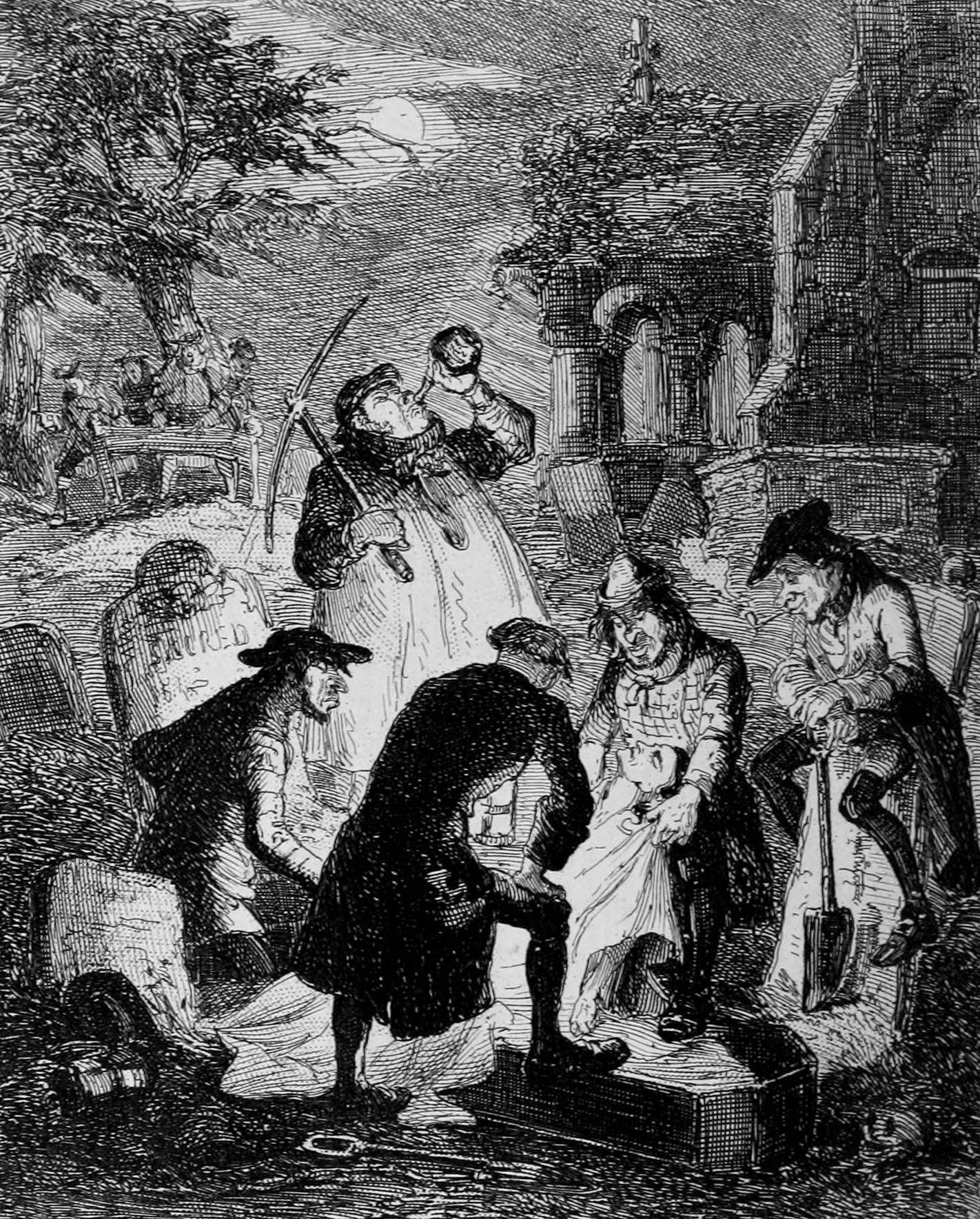
Although they were called "resurrectionists," the bodies they uncovered never actually came back to life. Instead, they were sold for medical studies when there weren't enough legit cadavers to rely on for anatomical research.
It got so bad that even more nefarious individuals began skipping the middle man and committing murders themselves, most notably in the cases of Jack the Ripper and the Burke and Hare murders.
9. Sin Eaters
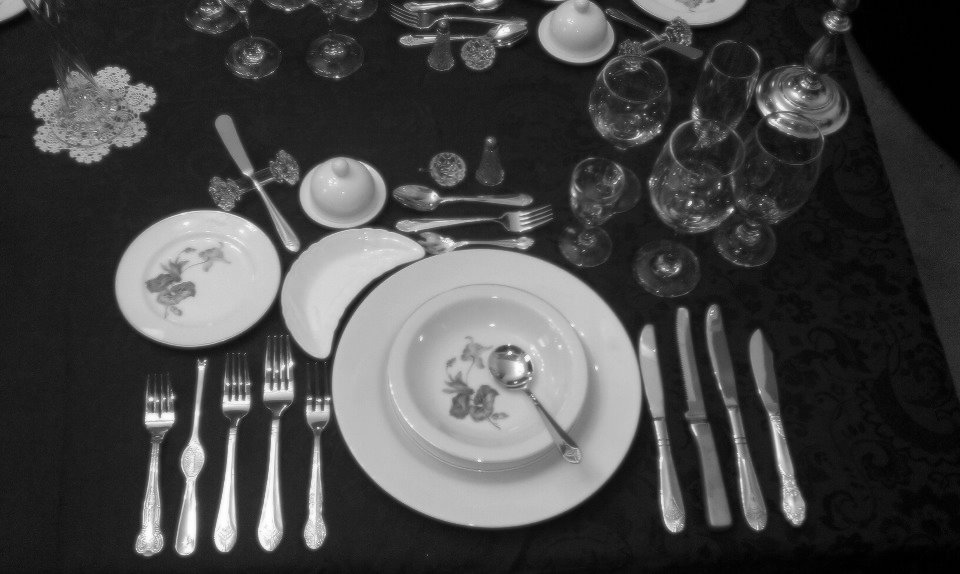
In the Victorian era, when someone would pass away, the family might hire someone especially desperate for cash to dine on a simple meal using their loved one's chest as their table.
According to Atlas Obscura, it was believed that the food would absorb all of the sins the deceased had committed and, once eaten by the other person willing to take on said sins, they would become absolved and allowed entrance into heaven.
10. Human Alarm Clocks
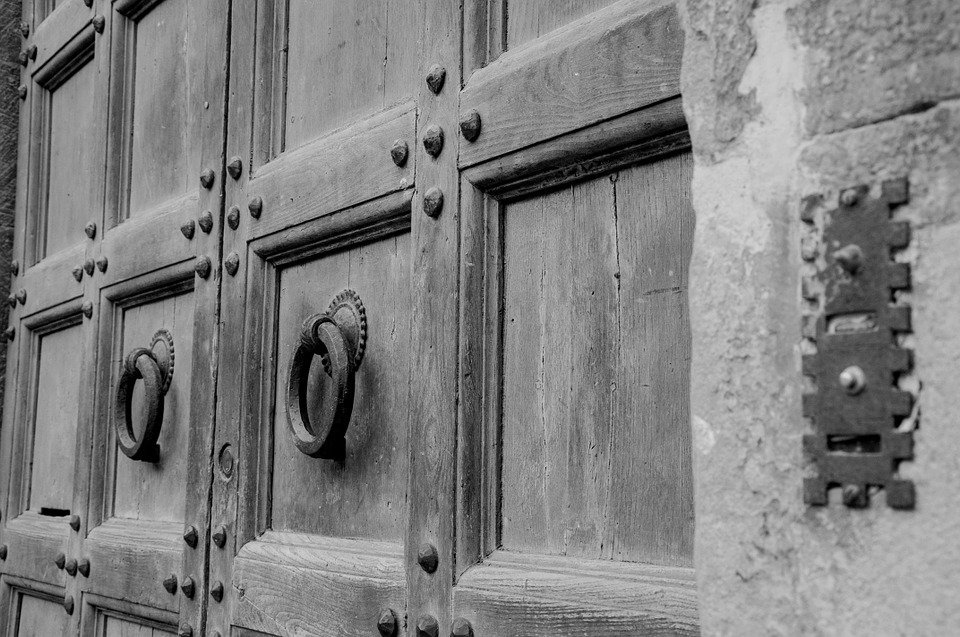
Given the quirky name of "knocker-ups," these individuals would rise at an ungodly hour before the rest of the town to make their rounds knocking on wealthier residents doors in the days before alarm clocks existed.
That meant withstanding any rain or snow and often falling seriously ill as a result of the stress and climate.
11. Rat Catchers
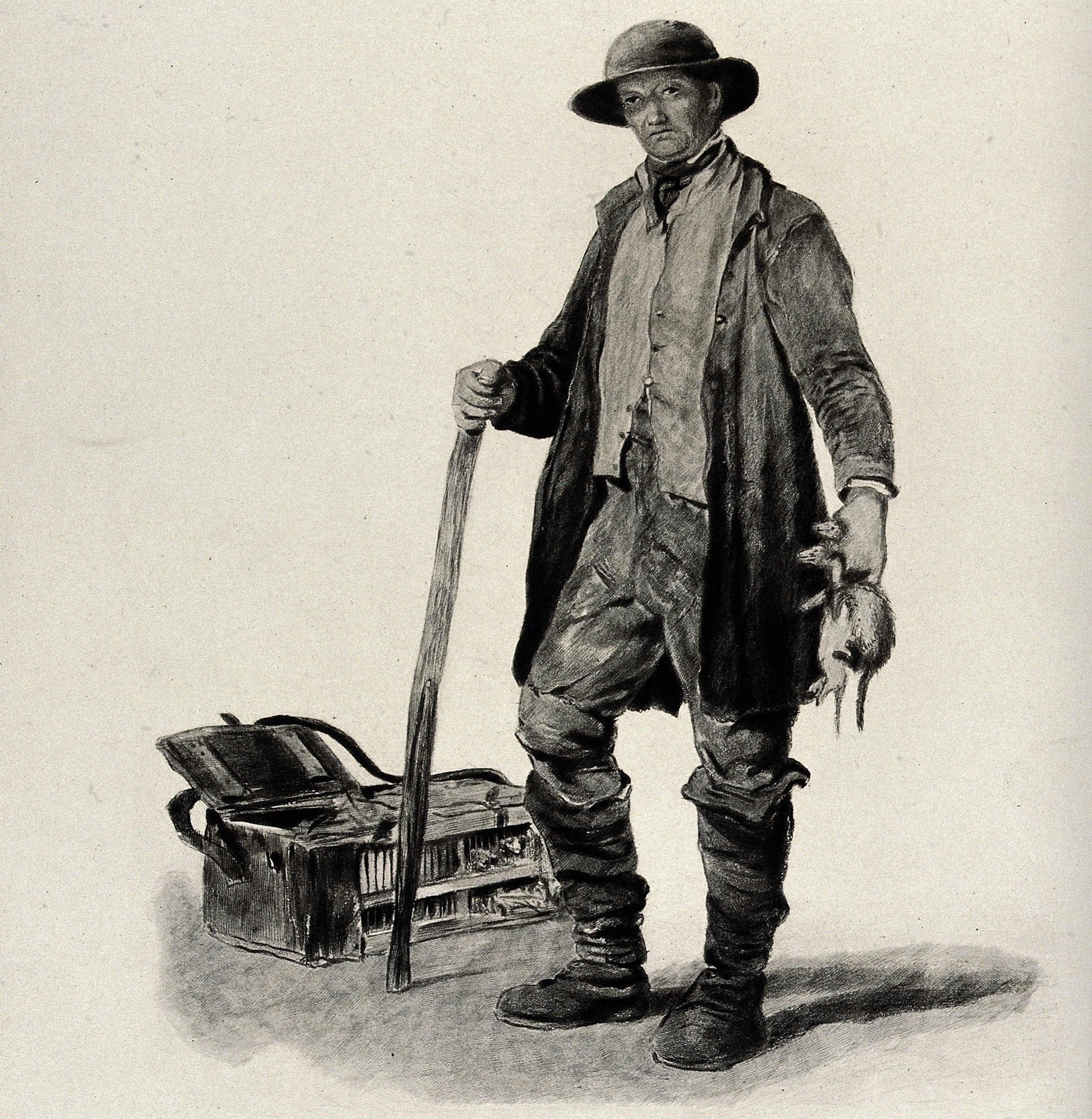
Victorian England was flooded with rats for the rich and poor, alike. In fact, even Queen Victoria had her own official rat catcher for the palace, a man named Jack Black.
Other non-royal catchers were able to fetch a pretty penny for their lot of vermin, but also ran the very high risk of getting bitten by the rodents and contracting disease.
12. Hysteria Doctors
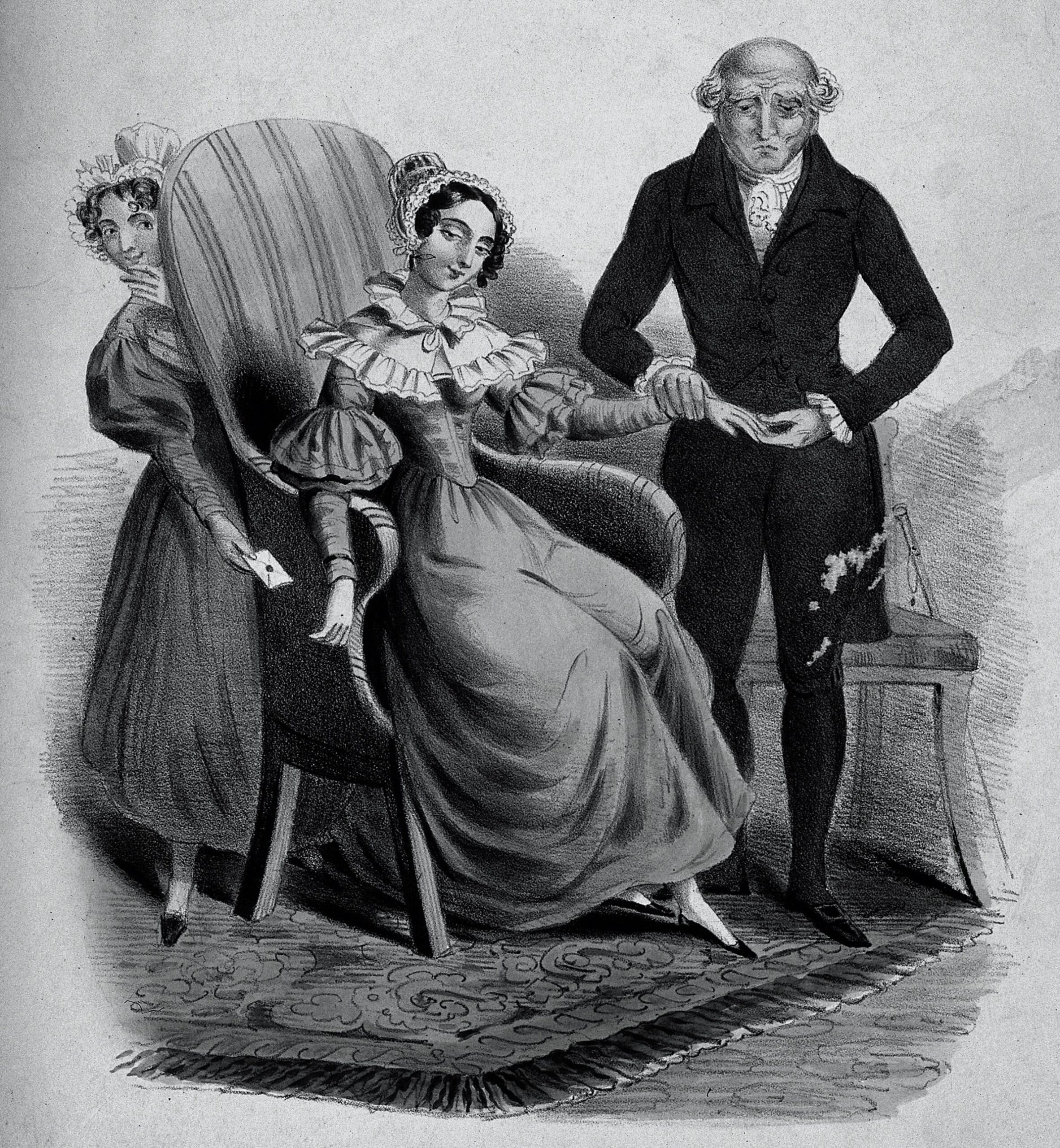
Hysteria was a blanket diagnosis given to women suffering any number of psychological issues. The cure given during the Victorian era was "pelvic massage" by doctors in order to induce "hysterical paroxysm" — also known as an orgasm.
Apparently doctors got fed up with the strain of manually treating women themselves that they invented the first mechanical vibrators during this time.
13. Workhouse Inmates

Unlike traditional prison inmates, the families at Victorian workhouses weren't guilty of any crimes and actually volunteered to move in as their last chance to escape homelessness.
Both the young and old were put to work in the overcrowded facilities with minimal meals and medical attention.
14. Hand-Stitchers
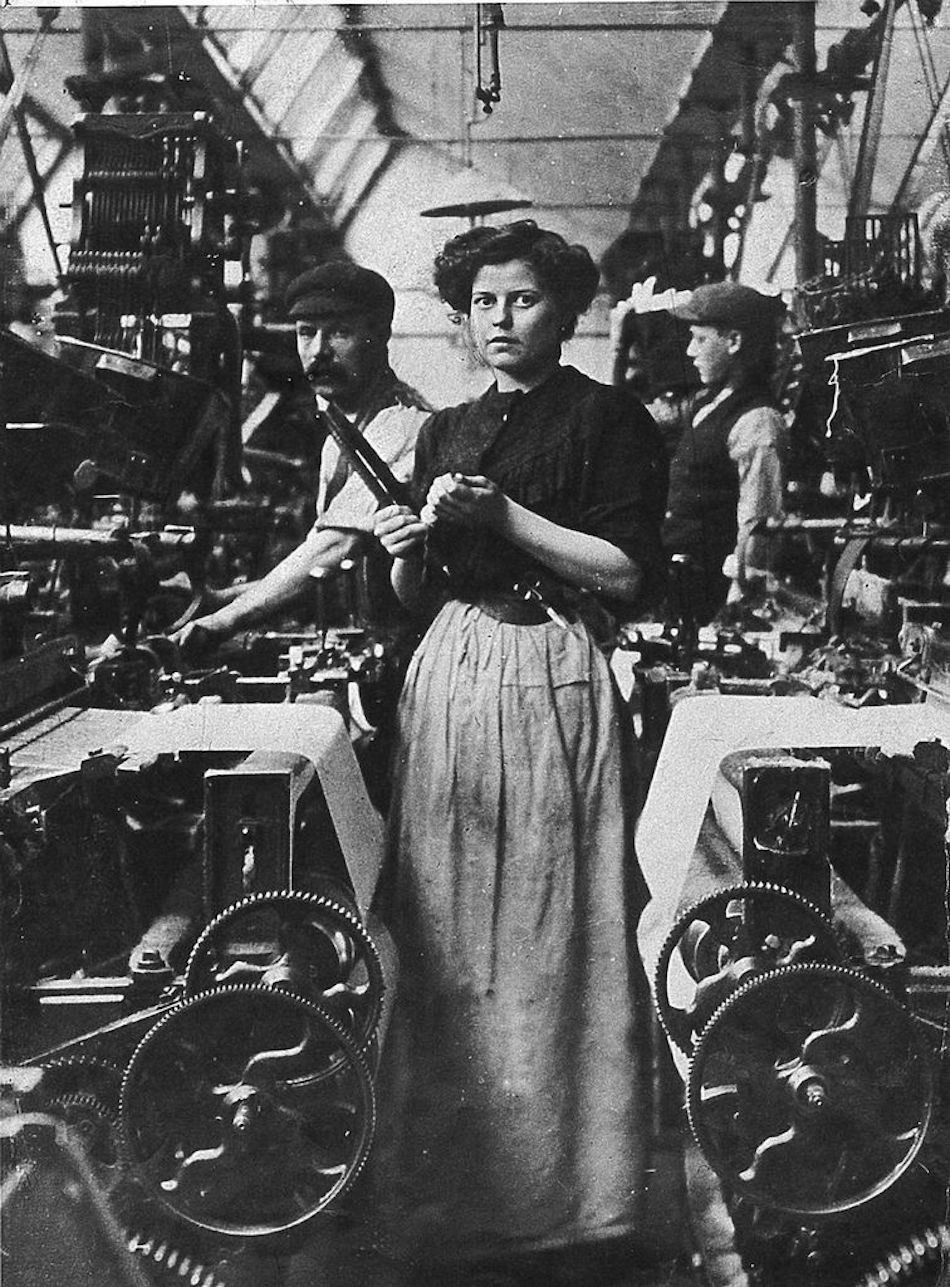
It might not sound all that terrible, but women employed as seamstresses were sewing every item by hand. That meant it was a long, grueling process that took its toll on their joints and eyesight.
Things were much better when sewing machines became more common, but they were complicated to figure out on their own and could lead to serious injuries.
Are you surprised by any of these bizarre jobs from the Victorian era?
Be sure to SHARE the look back at history with your friends on Facebook!




